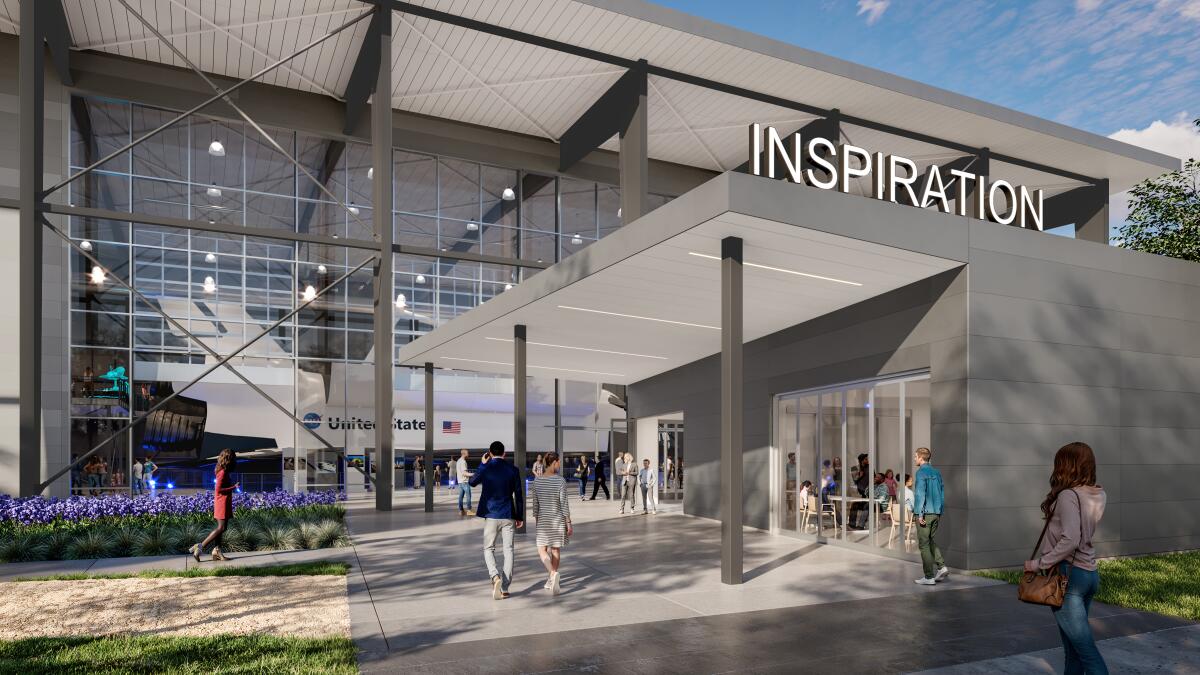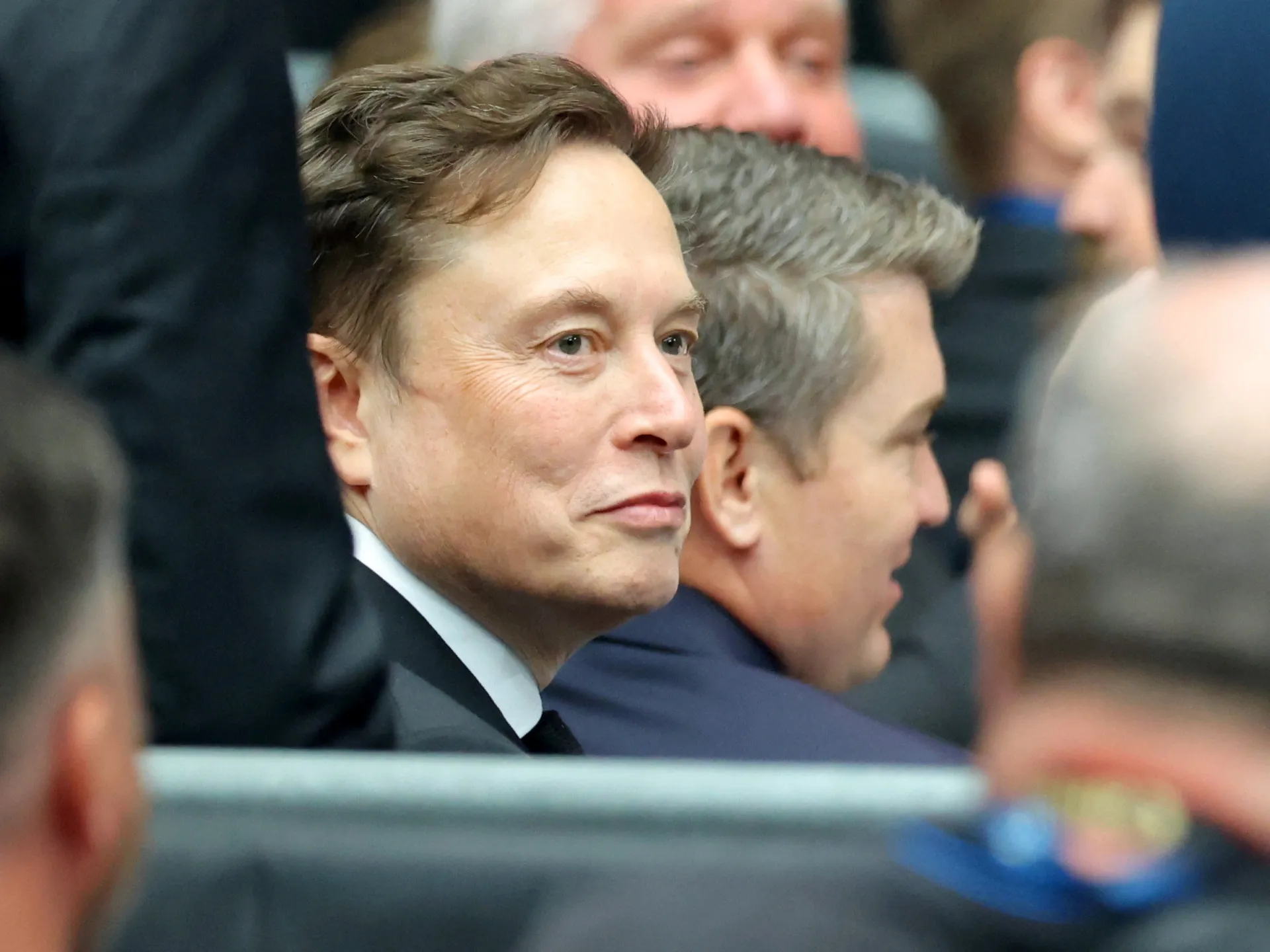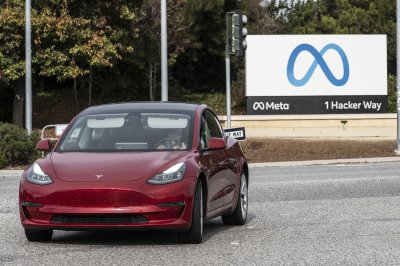Downey’s Space Center breaks ground on museum expansion
When I broke into journalism years ago as a fledgling Whittier-based high school sports reporter, one of my favorite side hobbies was asking locals what made their city famous.
Downey was always an interesting test case.
Some said Downey’s claim to fame is the oldest standing McDonald’s, or the Stonewood Mall, with some students boasting the rivalry between Downey and Warren high schools. Some have also cited the title of the “Mexican Beverly Hills,” which I and colleague Gustavo Arellano have always considered more appropriate for Whittier.
What wasn’t mentioned enough about Downey, particularly among the high school-aged students I spoke with, was the city’s ties to the Space Shuttle program. It was somewhat remarkable given the city’s “Home of the Apollo” nickname.
Downey’s reputation, especially among its younger residents, may reset soon thanks to a groundbreaking this Monday to announce the latest upgrade to the Columbia Memorial Space Center, a space museum that opened in 2008.
Benjamin Dickow, the center‘s president and executive director, spoke with The Times about what to expect Monday and beyond.
What’s happening Monday?
Astronaut Garrett Reisman, former Rockwell International and Boeing employees and area dignitaries will take part in a groundbreaking for an about 40,000-square-foot expansion to the existing museum.
The museum’s centerpiece will be a 122-foot-long, 35-foot-tall Downey-made space shuttle mock-up named the “Inspiration,” which is not available yet for public display.
The event begins at 10 a.m., rain or shine, and is located at 12400 Columbia Way in Downey.
For more information, check out https://www.columbiaspacescience.org/

A rendering of the completed front entrance of the museum.
(Nadia Gonzalez, on behalf of the Columbia Memorial Space Center)
Space Center changes and expansion
Dickow said the center was in the middle of completing the first of three phases, to be finished before the L.A. Olympics.
“Once the major construction really gets going, it’s about an 18-month process,” he said, “but if something happens with the shuttle, it’s going to add some time.”
Part of the first phase began in October 2024, when the partially-covered wood and plastic model was paraded down Bellflower Boulevard from a city maintenance yard to a temporary housing unit.
The expansion, known as the Downey Space Shuttle Exhibit and Education Building, would include a new two-story, 29,000-square-foot space shuttle museum, event courtyard, STEM building and courtyard, children’s outdoor classroom, pavilion, lawn and other amenities.
The space shuttle mock-up is also undergoing a “process of rehab and refurbishment,” according to Dickow, but is in “generally great shape.”
“The main work is getting it ready for the public, where visitors will be able to enter and get a sense of what it’s like inside a space shuttle,” Dickow said.
Astronauts would typically access the flight deck, mid-deck and crew compartment through a hatch, according to Dickow.
According to renderings, guests will instead enter through a much more accessible stairwell that puts visitors inside a cargo bay.

A rendering of the space shuttle mock-up, dubbed “Inspiration,” at its place in the center of the museum expansion.
(Nadia Gonzalez, on behalf of the Columbia Memorial Space Center)
What is the mock-up and what’s its tie to Downey?
The shuttle mock-up’s history with Downey spans decades.
North American Rockwell International, now part of Boeing, built the prototype in 1972 at its Downey facility. The space shuttle became the world’s first reusable winged orbiting spaceship.
In total, 12,000 workers developed and manufactured the shuttle at the program’s peak on a sprawling 120-acre campus.
From April 12, 1981, through July 21, 2011, NASA fleets of shuttles flew 135 missions and helped build the International Space Station.
One of those shuttles — Endeavour — was hauled into the middle of its future home, the Samuel Oschin Air and Space Center at Exposition Park, in January 2024.
That museum is also expected to be open before the Olympics.
“This is going to be something that the L.A. area will be able to show off to people from around the world and I want to make sure we’re a part of that,” Dickow said. “Downey and Southeast L.A. sometimes don’t get a lot of the spotlight and this is something that we’ll be able to put out there.”
The week’s biggest stories

Pedestrians cross the street in downtown Los Angeles under light rain on Friday.
(Eric Thayer / Los Angeles Times)
SoCal treads through stormy weather
Rebuilding after January fires
Opposition to immigration forces in California
A Sacramento corruption bombshell
- The federal fraud case against Gov. Gavin Newsom’s former chief of staff and other well-connected aides is entangled with one of California’s — and the country’s — most powerful political circles.
- Dana Williamson, who joined the governor’s office in early 2023 and departed late last year, was arrested Wednesday and faces charges of bank and tax fraud.
Explosive Epstein emails about Trump
- Donald Trump “knew about the girls” and “spent hours at my house,” Jeffrey Epstein wrote in emails.
- See what’s in the emails released by House Democrats on Wednesday.
More big stories
This week’s must-read
More great reads
For your weekend
Going out
Staying in
L.A. Timeless
A selection of the very best reads from The Times’ 143-year archive.
Have a great weekend, from the Essential California team
Jim Rainey, staff reporter
Hugo Martín, assistant editor, fast break desk
Kevinisha Walker, multiplatform editor
June Hsu, editorial fellow
Andrew J. Campa, weekend writer
Karim Doumar, head of newsletters
How can we make this newsletter more useful? Send comments to [email protected]. Check our top stories, topics and the latest articles on latimes.com.










